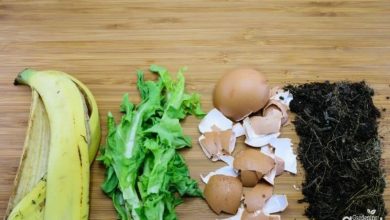Carmona Bonsai Care: [Earth, Humidity and Pruning]
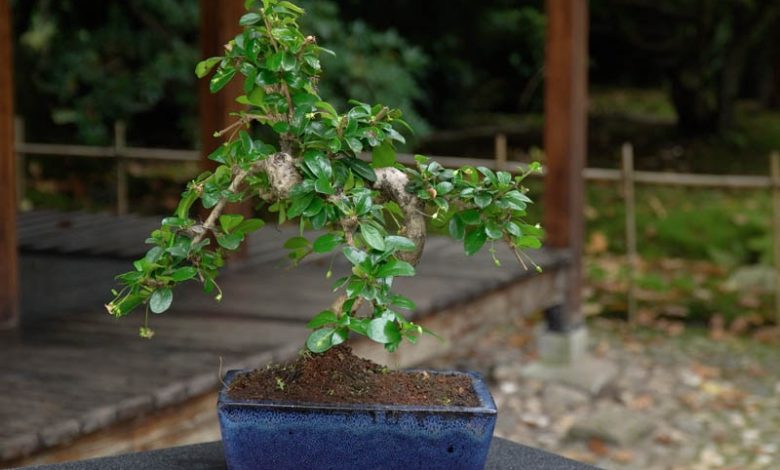
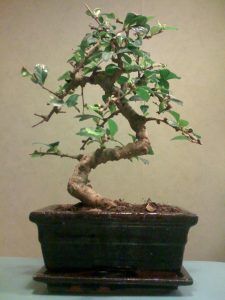 Bonsai Carmona is also known as scorpion bush or Fukien tea tree.
Bonsai Carmona is also known as scorpion bush or Fukien tea tree.
This shrub native to China is one of the most popular bonsai because it is easy to grow, especially for those who are just starting out in this art.
However, although the requirements are relatively simple, we have prepared a brief Carmona Bonsai care guide that will allow you to provide it with the care it really needs.
We hope this help you.
What land needs does the carmona bonsai have?
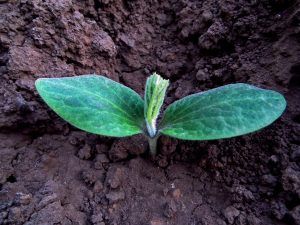 The substrate for Bonsai Carmona is very important. Therefore, it is recommended to use a type of clay called akadama at 100%.
The substrate for Bonsai Carmona is very important. Therefore, it is recommended to use a type of clay called akadama at 100%.
Or, mixes of akadama with 20% volcanic gravel, pumice or river gravel. The purpose is to provide a draining and aerated substrate.
Sometimes peat -based substrates can be used, but they should not exceed a proportion of 20% of the total. An example of a mixture may consist of a 50% blonde peat and black peat substrate, volcanic sand and earthworm humus.
How to make the carmona bonsai grow strong and vigorous?
Although they are small, bonsai care can be quite a challenge. However, below we briefly present the main care of the Bonsai Carmona that you have to consider.
Lightning
In outdoor spaces, the Carmona Bonsai needs to be located in a bright place most of the day, as long as it is protected from direct exposure to the sun during the summer months.
In the case of being inside, it should be placed less than two meters away from a window without curtains throughout the year.
Climate
Carmona bonsai is a tropical species and grows best in very hot climates during the day and night. The recommended temperature for its cultivation is around 20°C and it should never be left exposed to sudden changes in temperature.
It is important to mention that this bonsai does not support the intense cold of winter. To protect it, it is recommended to keep it indoors, especially if the temperature is below 7°C. Also, it should be placed away from any heating appliance.
Humidity
Humidity is essential for the Carmona Bonsai, therefore the substrate must be prevented from drying out completely. So that this does not happen, it is advisable to place a tray with wet gravel below the pot; in this way the humidity will remain constant.
Pass
Another Carmona bonsai care has to do with supplying it with the nutrients it needs. For this, slow-decomposing organic fertilizer should be applied during the months of March to September.
However, it must be suspended during July and August and reduced during the winter. In the case of liquid fertilizer, it should be applied once a week during the months of March to September, and once every 20 days during the months of October to February.
What humidity does the carmona bonsai need?
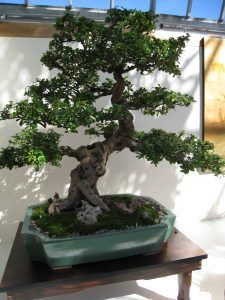 Bonsai Carmona needs abundant watering throughout the year. In fact, irrigation is one of the most determining factors in the cultivation of bonsai, so it is vital to apply it when the surface of the earth begins to dry out.
Bonsai Carmona needs abundant watering throughout the year. In fact, irrigation is one of the most determining factors in the cultivation of bonsai, so it is vital to apply it when the surface of the earth begins to dry out.
However, the frequency of irrigation depends on factors such as the location, the time of year, as well as the size of the pot.
Regarding the location, the Carmona bonsai outdoors will need daily watering. Instead, indoor watering needs will be much less.
Regarding the seasons of the year, the activity of the bush increases during the spring, while in the summer, the heat accelerates its evaporation and evaporation.
In the case of pots, the small ones require daily and little abundant watering; those with larger volumes need more abundant waterings, every 2 or 3 days, due to their ability to retain water.
Is it necessary to prune the carmona bonsai?
Pruning is a very important technique in what has to do with Carmona Bonsai care since it allows us to channel the architecture and formation of the bush according to Bonsai art and its possibilities.
For this task, the branches that we consider useless or unnecessary in the tree should be cut, taking into account the time of year and the density of the branches.
How often should we prune the carmona bonsai?
It is possible to prune the thick branches of the Bonsai Carmona during any time of the year since it recovers from strong pruning without any problem. However, it is recommended to do it at the beginning of spring to avoid very marked scars.
Another popular measure is that of thinning, pruning in which the shoots that intersect with others are cut. This process can be done once a year, throughout the year, with the exception of winter.
How to prevent pests and diseases from appearing in the carmona bonsai?
The best way in which we can take care of the Carmona Bonsai is by keeping it healthy. For this we must provide sufficient irrigation, ideal temperatures, good lighting and necessary fertilizer; this way you can defend yourself.
However, the appearance of pests is inevitable. Among the species that usually attack bonsai are aphids, mites, mildew and mealybugs. To prevent them, it is recommended to apply a systemic insecticide and check the leaves constantly to treat the bush in time.
Another important measure to avoid diseases is to use clean and disinfected tools, especially during pruning. Similarly, it is highly recommended to treat fresh wounds with healing paste to prevent the entry of pathogens through them.
Conclusions
As you may have noticed, the Fukien tea tree is a noble specimen that requires very specific measures to be in good condition. However, its cultivation requires time, knowledge and technique, for that reason it is considered an art.
We hope that this brief guide with the main care of Bonsai Carmona will be useful to you. If you want more information, we invite you to continue reading our blog on this and other topics.
Bibliographic references
- https://vdocuments.mx/reader/full/bonsai-libro-carmonapdf
- http://files.abcbonsai.webnode.com.co/200000036-70ec172e04/Manual%20completo%20del%20Bonsai%20(de%20principio%20a%20fin).pdf
- https://www.mistralbonsai.com/todo-sobre-el-bonsai/fichas-tecnicas-de-bonsais/bonsai-interior/carmona-sp/
- https://www.debonsai.org/carmona-bonsai-care/
- https://www.bonsaiempire.es/especies/carmona
Maybe you are also interested in:
- How often and how to water my Bonsai?
- Outdoor Bonsai: [Characteristics, Care, Types and Sun Exposure]
- Indoor Bonsai: [Characteristics, Varieties, Care and Irrigation]
- Caring for a Bonsai: [Irrigation, Sun Exposure, Pruning and Fertilizer]
- Bonsai Pests and Diseases: How to Identify and Treat Them
- Types of Bonsai: [According to Size and Shape]

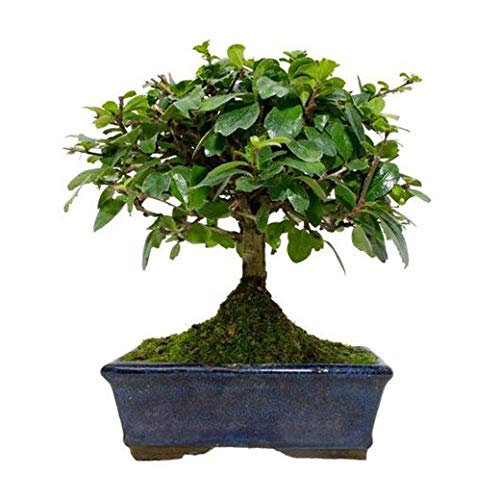
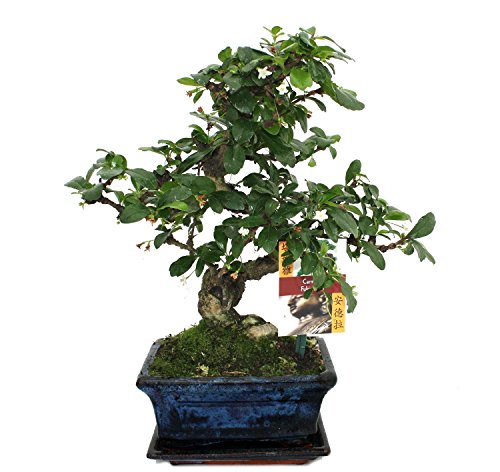
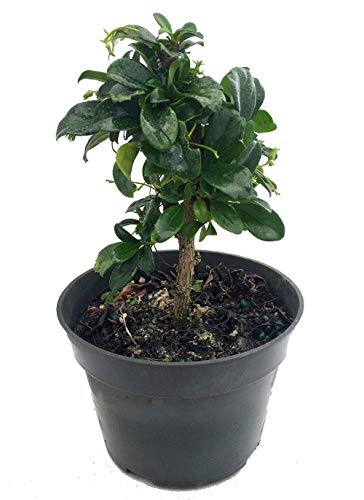
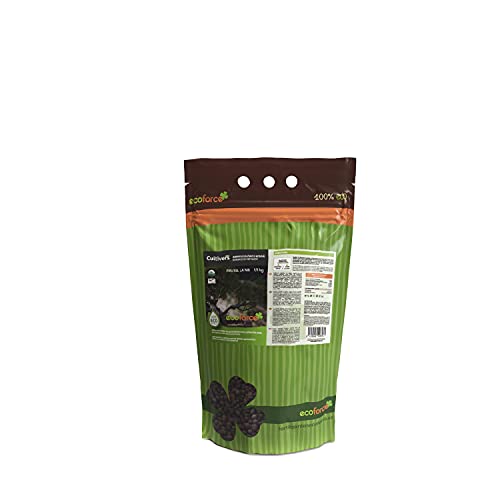
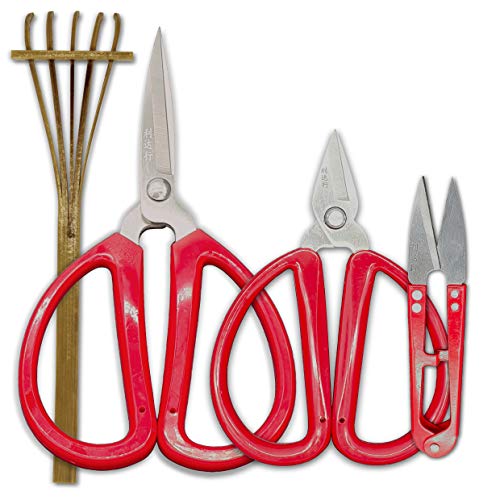
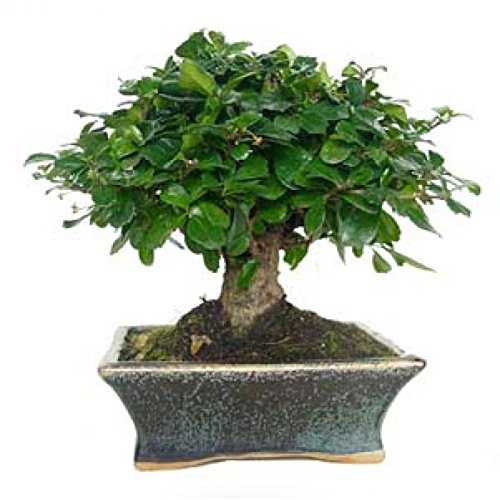
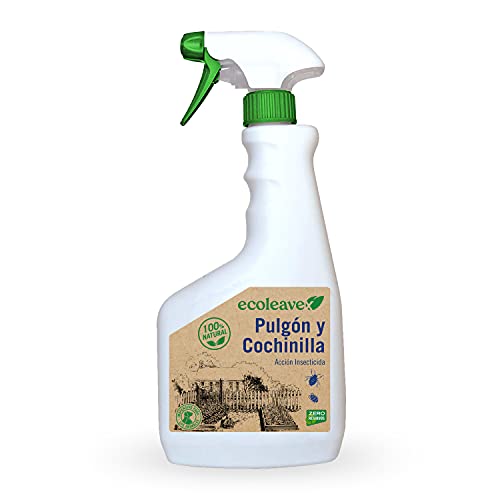
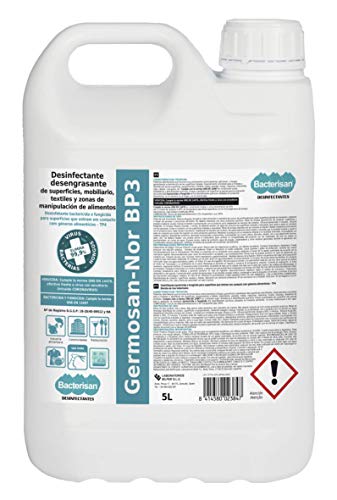

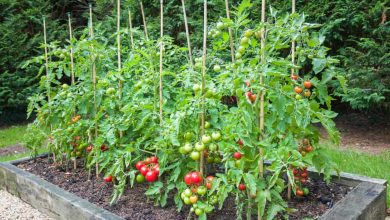

![Photo of The Complete Guide to Persimmon Cultivation [What You Should Know]](https://www.complete-gardening.com/wp-content/uploads/2022/08/the-complete-guide-to-persimmon-cultivation-what-you-should-know-390x220.jpg)
